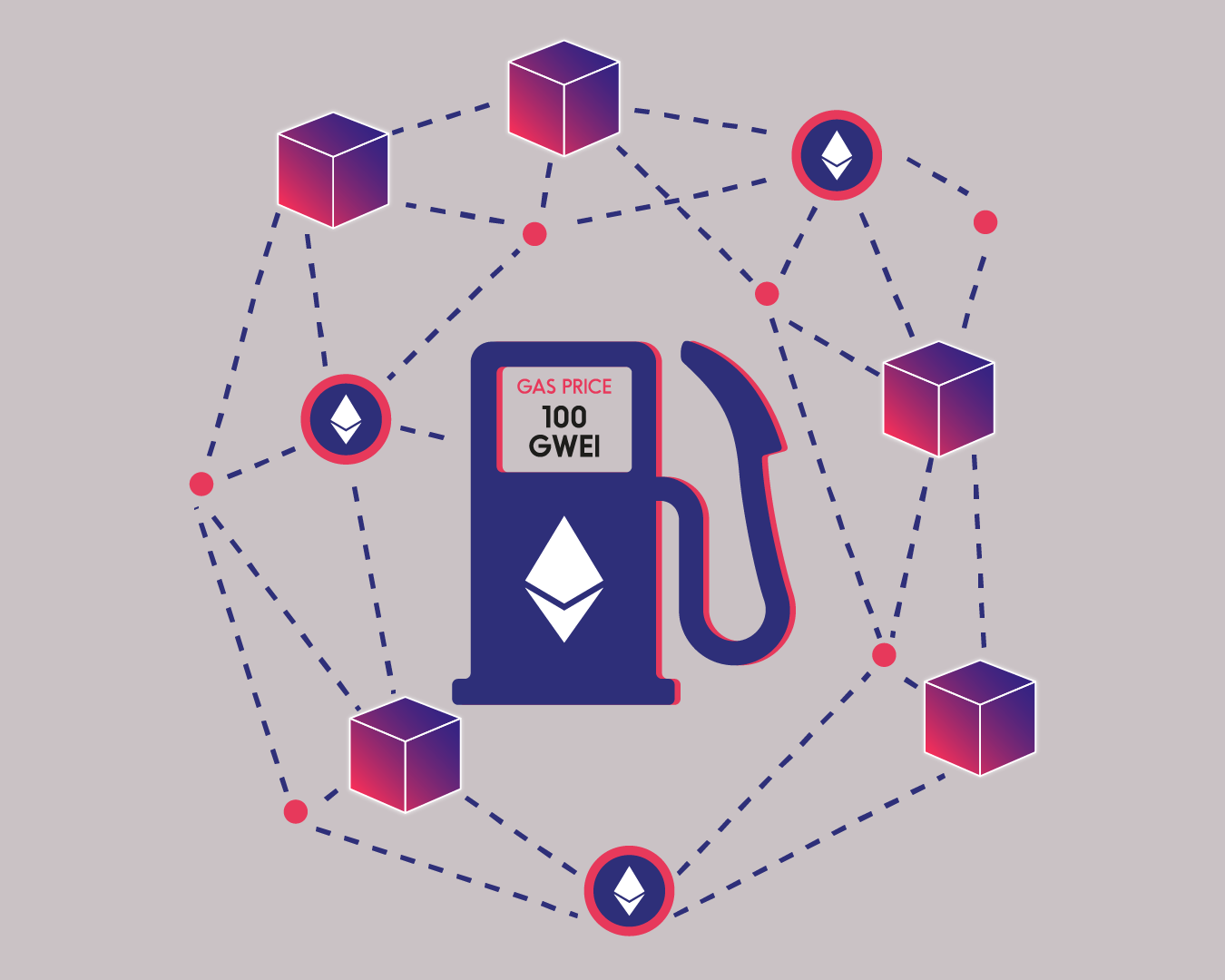For anyone outside of the Ethereum network, phrases like gas limits and gwei sub-units might sound completely foreign. Well, they are. Today we’re uncovering how Ethereum gas and transaction fees work, and give you a glimpse inside the inner workings of the second biggest cryptocurrency. Let’s start at the beginning.
What Is Ethereum Gas?
The entire Ethereum network is fueled by an internal payment method known as gas. This is a fee required to process transactions as well as execute smart contracts. Similar to Bitcoin transaction fees, gas is paid to the miners to verify or execute transactions. Bearing this in mind, additionally, gas is also responsible for measuring the computational effort required for particular operations and charging accordingly. For instance, if you are trying to execute a large smart contract, this will cost more gas than if you were executing a small transaction. The speed at which you want it to be executing will also factor, the faster you need it completed the more gas charged.
What Is An Ethereum Gas Limit?
Every action conducted on the Ethereum network requires a gas limit. This is an amount determined before any work has been done. The limit is in place to prevent overspending, for instance if there was an error in the smart contract and the operation continued unnecessarily long. The amount of gas required is based on the amount of code necessary to execute the task.
Once the gas limit has been reached, the miner will stop working on it. So, if your gas limit was more than needed, the funds would be returned to the operation generator. If the gas limit was too low, the operation will be cancelled and the miner will keep a fee for their work. The operation will return to its original state, regardless of how much work was done on it.
How Do You Buy Ethereum Gas?
When understanding how ethereum gas and transaction fees work, it’s important to know that Ethereum gas is paid in Ethereum’s native currency, ETH. Similar to Bitcoin, the cryptocurrency can be broken down in smaller decimals. The smallest denomination of ETH is Wei (similar to Satoshis being the smallest version of Bitcoin), except that ETH can be broken down into 18 decimal places versus Bitcoin’s eight decimal places. See the chart below:
Ethereum gas fees are paid in Gwei, short for Giga-wei, which equates to 1,000,000,000 wei or 0.000000001 ETH. Typically, a transaction on the Ethereum network will cost 20 Gwei, however this will increase when the network traffic is more congested. So instead of saying a transaction will cost 0.00000002 ETH, we can simply say 20 Gwei. Most platforms will assist in determining the gas needed for a transaction.
Why Does Ethereum Use This Gas Concept?
Ethereum uses gas as incentivization for the miners. As the network operates on a Proof of Work (PoW) structure, in order for miners to verify and execute transactions they require compensation for their time and computational power. The gas keeps the ecosystem running as it provides rewards to miners for processing transactions, mining blocks, validating smart contracts, etc.
Recently, following the heightened interest in DeFi (decentralized finance), the gas fees on the network increased by 100% due to network congestion. While this hindered the users, it was certainly advantageous for the miners, with ETH miners reporting record earnings of 450K ETH.
How Ethereum Gas and Transaction Fees Work
Now that we’ve covered what Ethereum gas and gas limits are, how to pay them, and why they’re important, we’re sure you have a pretty good idea of how Ethereum gas and transaction fees work. If you’re interested in joining the ecosystem, you can buy Ethereum instantly with your credit or debit card right here. Better yet, you can even store your ETH in our military-grade wallet.
_________________________________________________________
Oobit Technologies Pte, 50 Raffles Place #37-00 Singapore Land Tower, Singapore (048623). is a company registered in Singapore (no:201716443G), that has been approved as Appointed Representative of Oobit Technologies OÜ, Harju maakond, Tallinn, Lasnamäe linnaosa, Väike-Paala tn 2, 11415, (no: 14852617 ). Which is authorized and regulated by the FIU (no: FVR001421 and FRK001304).

